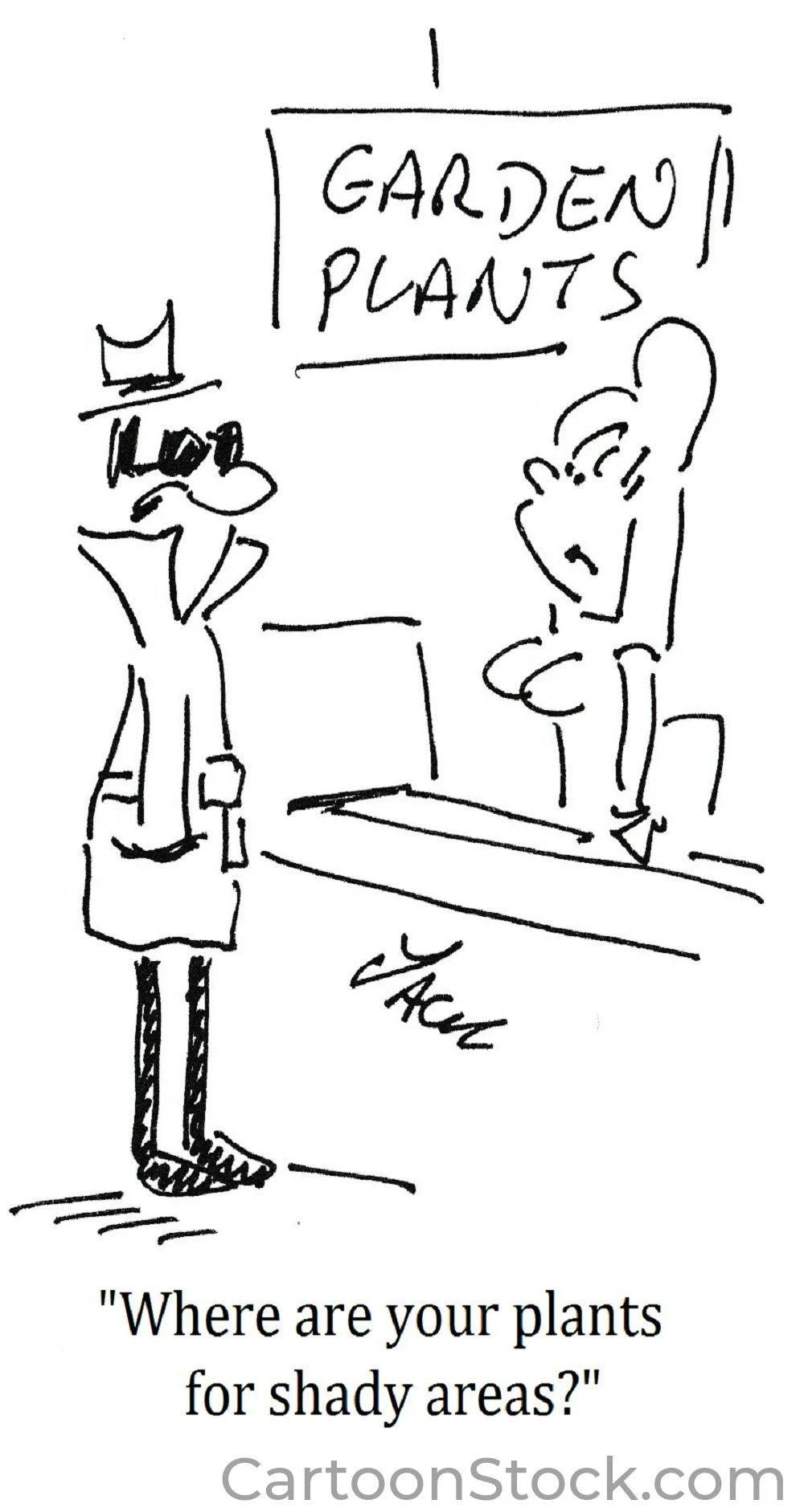Incredible species for your woodland garden — plus, why and how to order plugs for spring planting.
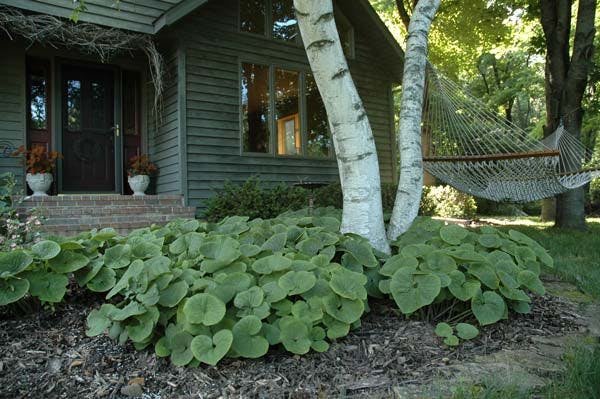
Asarum canadense, wild ginger (photo: stonepocket.com)
Woohoo, Yardener! Time to order for spring planting!
As usual, I recommend buying from a local or regional native plant nursery, not a general nursery that happens to have some natives. And I encourage you to move fast and stay flexible. Demand for native plants is exceeding supply — something to celebrate! My local nursery in Rhode Island, Prickly Ed’s Cactus Patch Native Plant Emporium, is already selling out of plugs of native perennials — and they haven’t even reopened yet. Fortunately, I was ready with a Plan B for sold-out choices — and you should be, too.
To help you prepare your preliminary order, here is an overview of some great shade-loving native plants for residential yards. Because “nothing grows in the shade” is soooo not true. Enjoy the eye candy!
— The Avant Gardener
P. S. For tips on finding plugs native to your area, see "How" below.
Groundcover staple for shade: Carex
There are almost 500 species of Carex — commonly called sedge — in North America. Mt. Cuba in Delaware evaluated 70 species in their recent trials and concluded sedges are one of the most effective and versatile problem-solving plants for home gardens.
Many of the species thrive in shade, so they make an excellent matrix plant for shade gardens. And some perform well from sun to shade, making them suitable for planting as "green mulch" around newly planted hedges or trees in sun; they will continue to thrive as the shrubs and trees grow and the environment becomes shadier.
Low-growing plants — a foot tall or less — will keep the area around your new shrubs looking neat as they grow in. One such example is Carex pensylvanica, shown here, a popular no-mow lawn replacement. It is a spreading species, so it covers the ground quickly and suppresses weeds. C. pensylvanica is difficult to grow from seed, so it is generally installed as plugs, even as a lawn replacement. Another low spreader, C. woodi (Wood’s sedge), was the No. 1 performer in the Mt. Cuba trials.
Two of my very favorites among all the other great sedges are C. plantaginea, plantain-leaved sedge, and taller C. grayi, Gray's sedge. Both add texture to your woodland garden.




Keystone groundcovers for under new shrubs
These low-growing (under one foot) keystone species also tolerate full sun to full shade. For example, Viola – native violets – hosts dozens of caterpillars, including the great spangled fritillary butterfly. Most areas of the country have several native viola species; check what conditions they like — some don’t tolerate full sun. In addition to using them as a groundcover, Violas and Fragaria virginiana — wild strawberry — tolerate foot traffic, making them great additions to lawns. Just add seeds (Viola) or plugs (Fragaria) to your turf and let them spread. The fruits of F. virginiana, as well as shade-loving F. vesca, are edible and delicious.
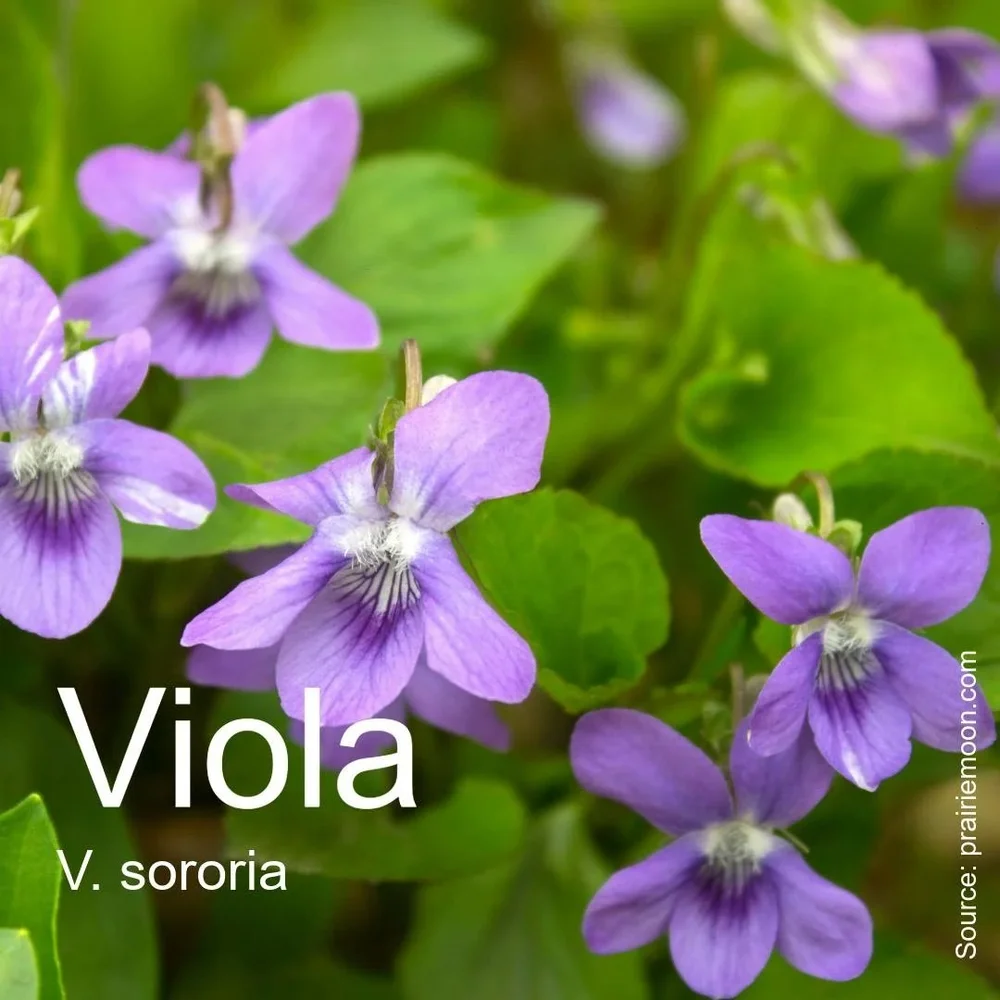
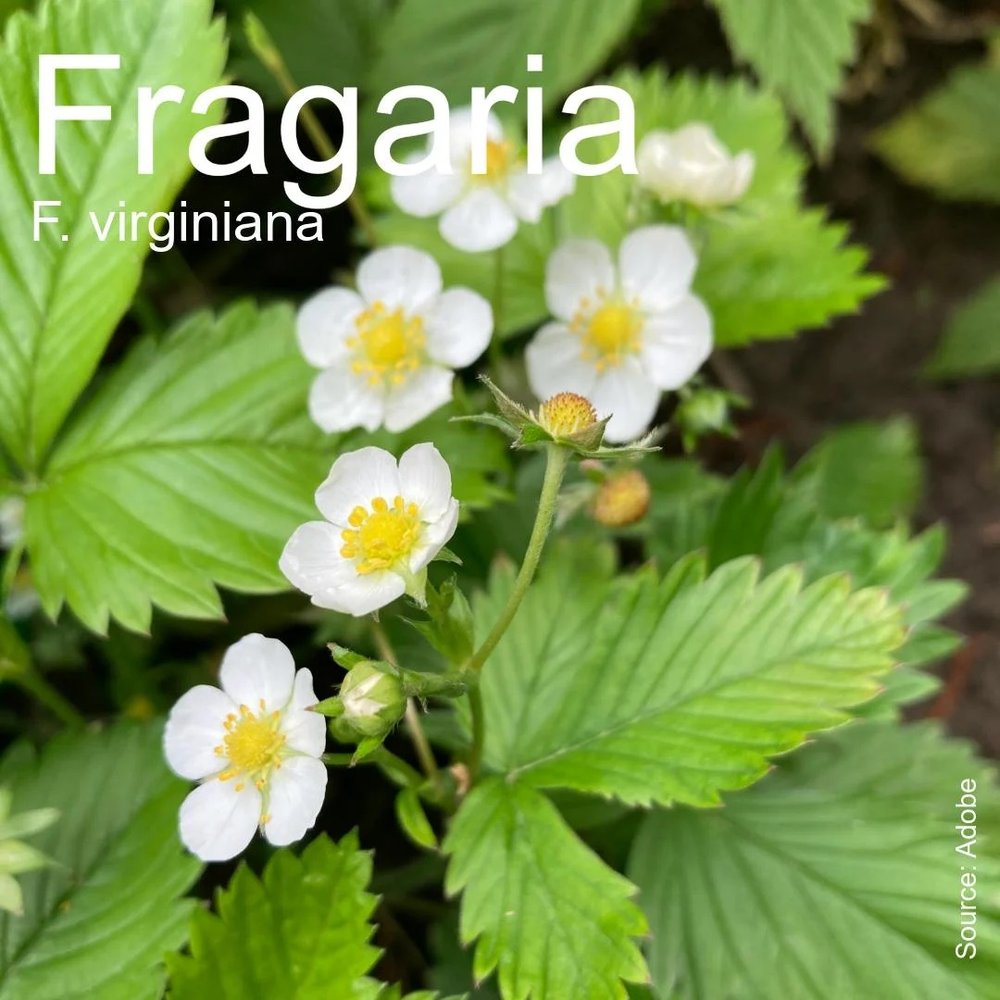


Gorgeous groundcovers for part shade to shade
If you're looking to plant in an already shady area, you have even more options. These colonizing native groundcovers for shade look great in any woodland garden. (No, that's not the invasive Pachysandra terminalis; P. procumbens is a well-behaved species, native from Pennsylvania southward. Unfortunately, it's only semi-evergreen. If you are looking for an evergreen native groundcover, check out Mitchella repens.)


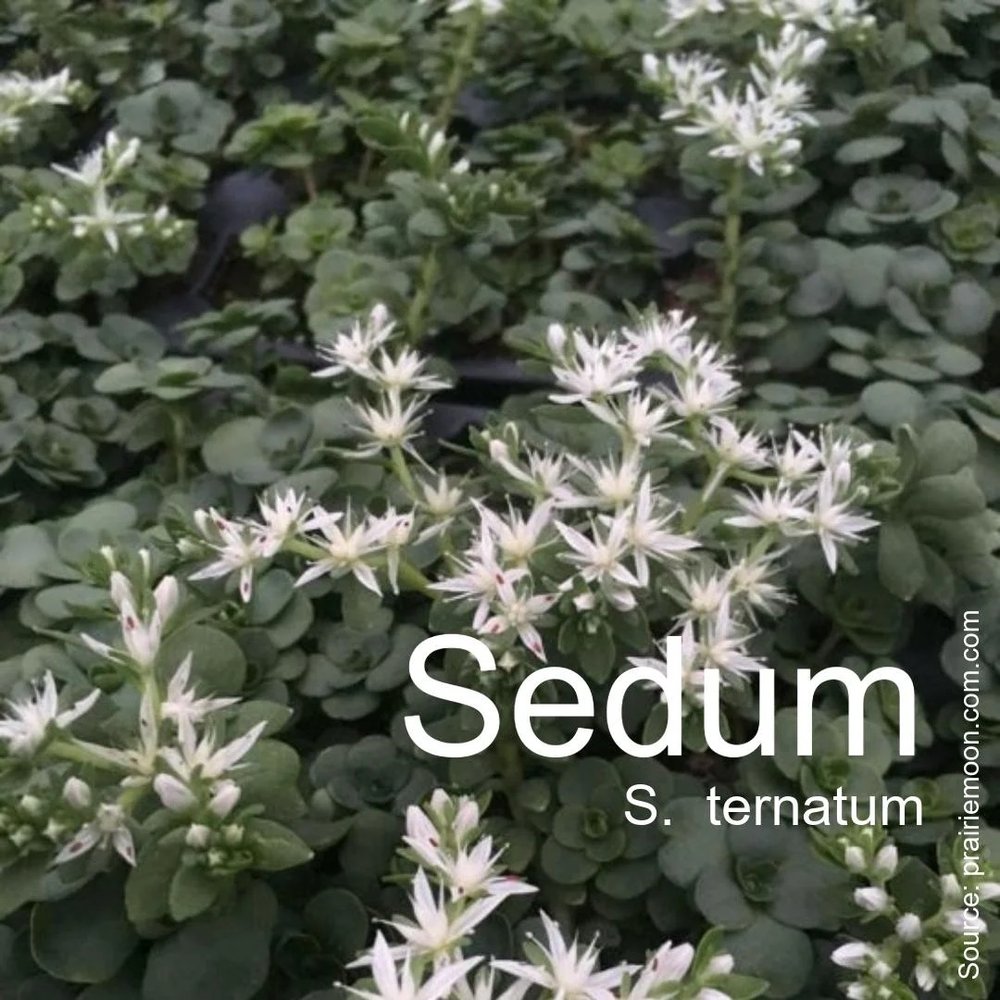
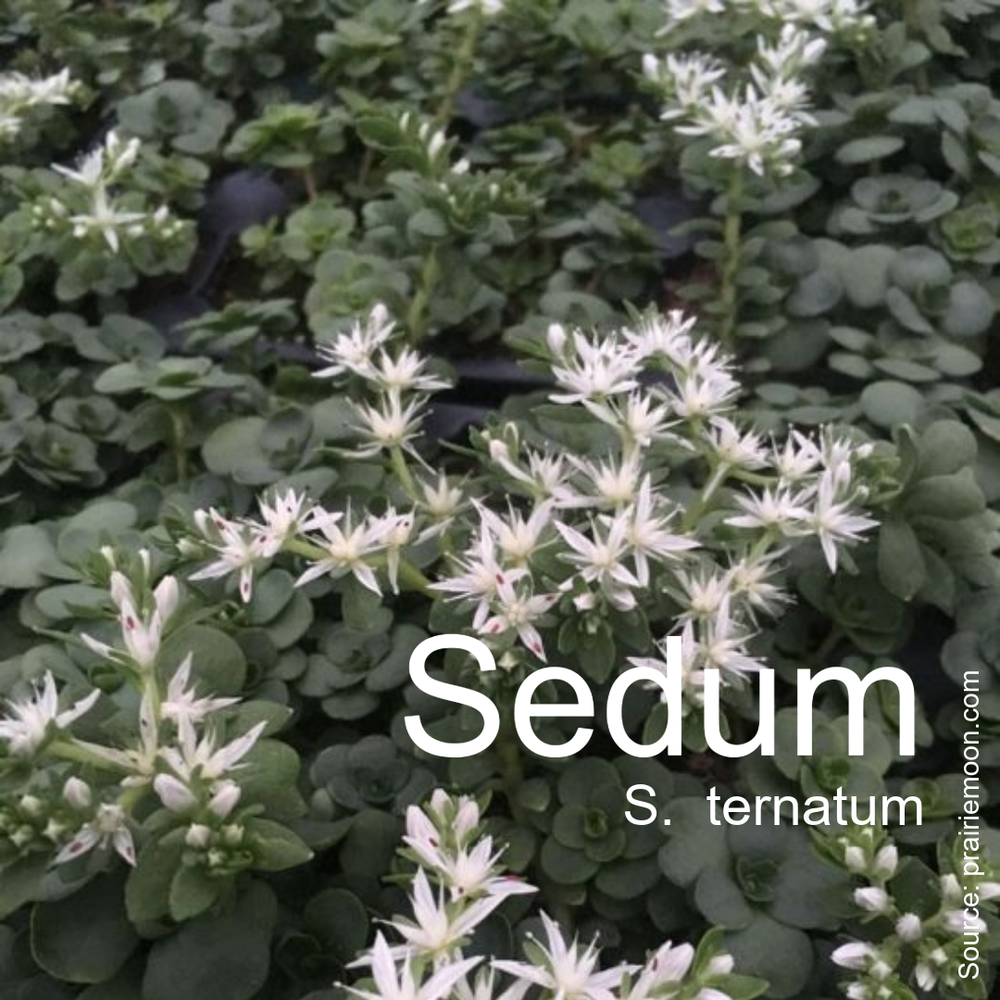
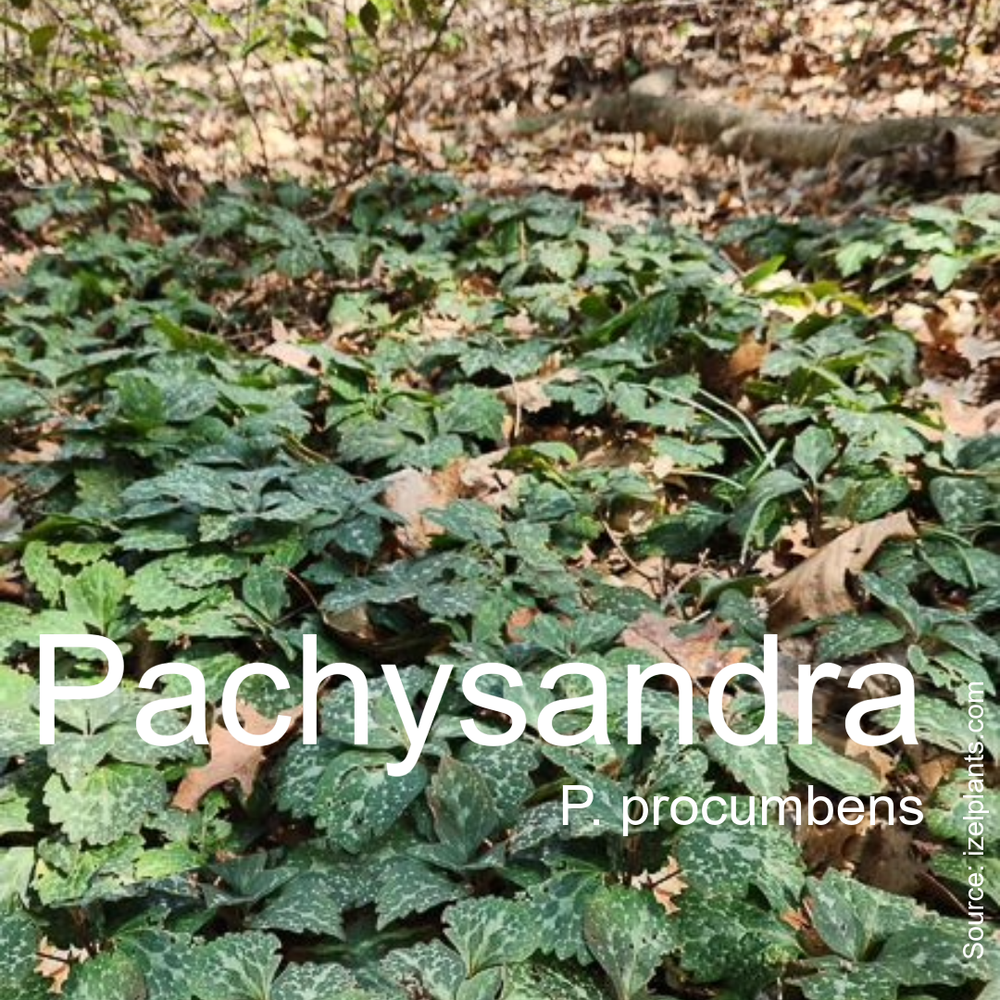
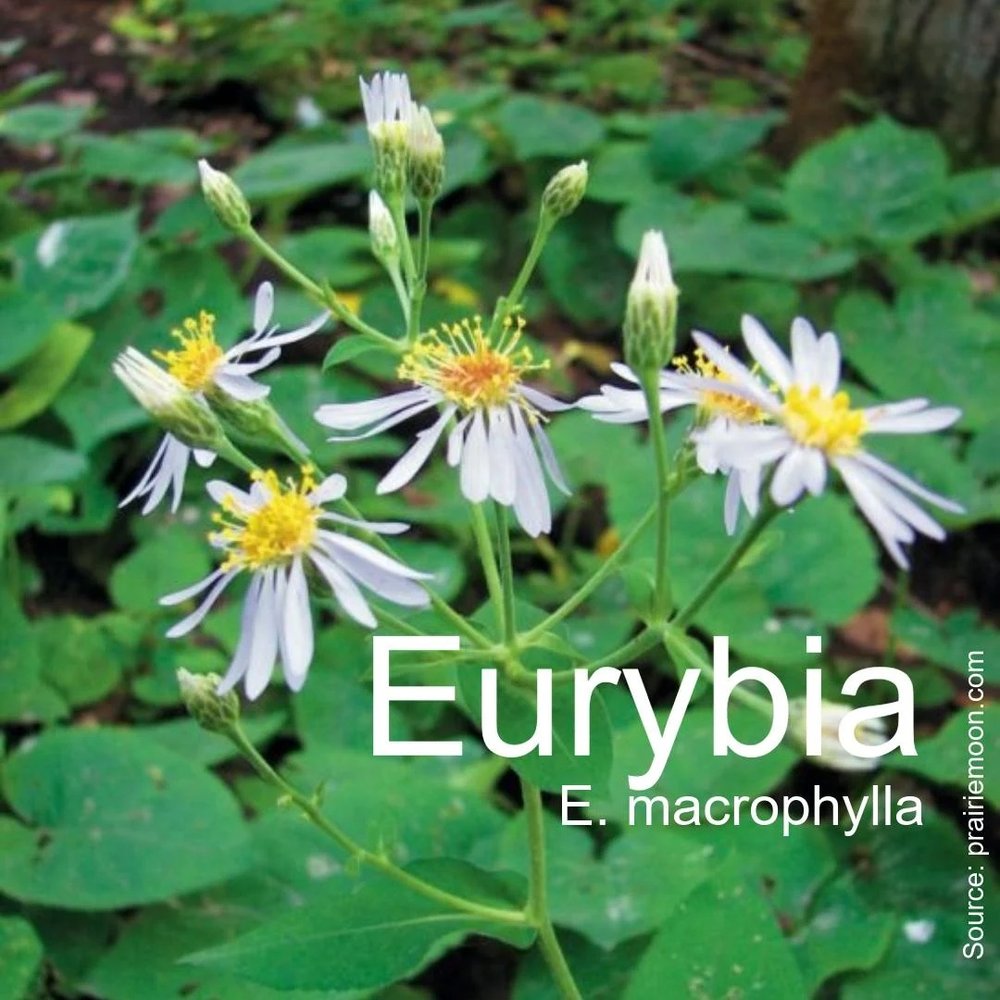
Flowering beauties for woodland gardens
The next group of plants are somewhat taller shade lovers for your woodland gardens – under trees or on the north side of your house or fence, for example. They generally grow one to three feet tall and are mostly slower to establish than the groundcovers above.



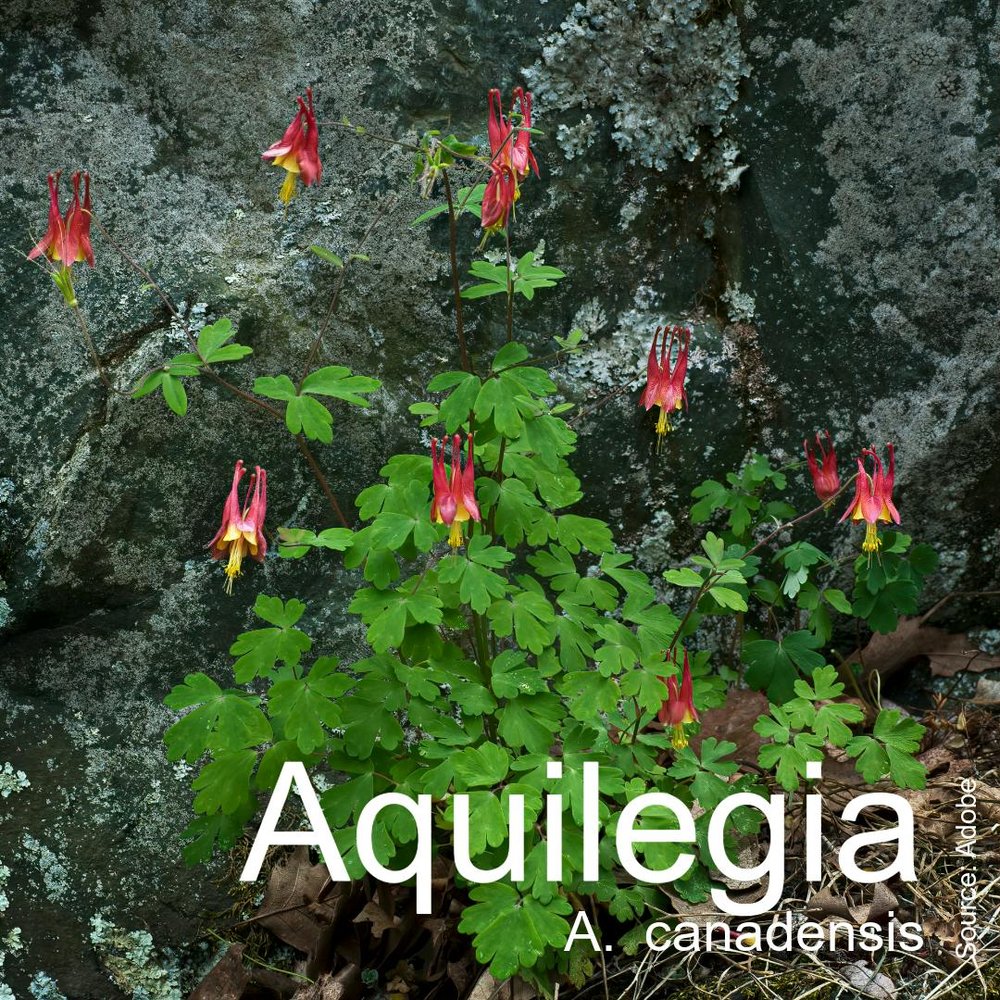
Late-blooming powerhouses for woodland gardens
Most shade-loving flowers appear in spring; some bloom in summer, but relatively few flower into the fall. These fall-flowering plants are especially important because they provide nectar when there are fewer options. Two fabulous fall-flowering genera are solidago — goldenrod — and asters, including these shade-loving species.

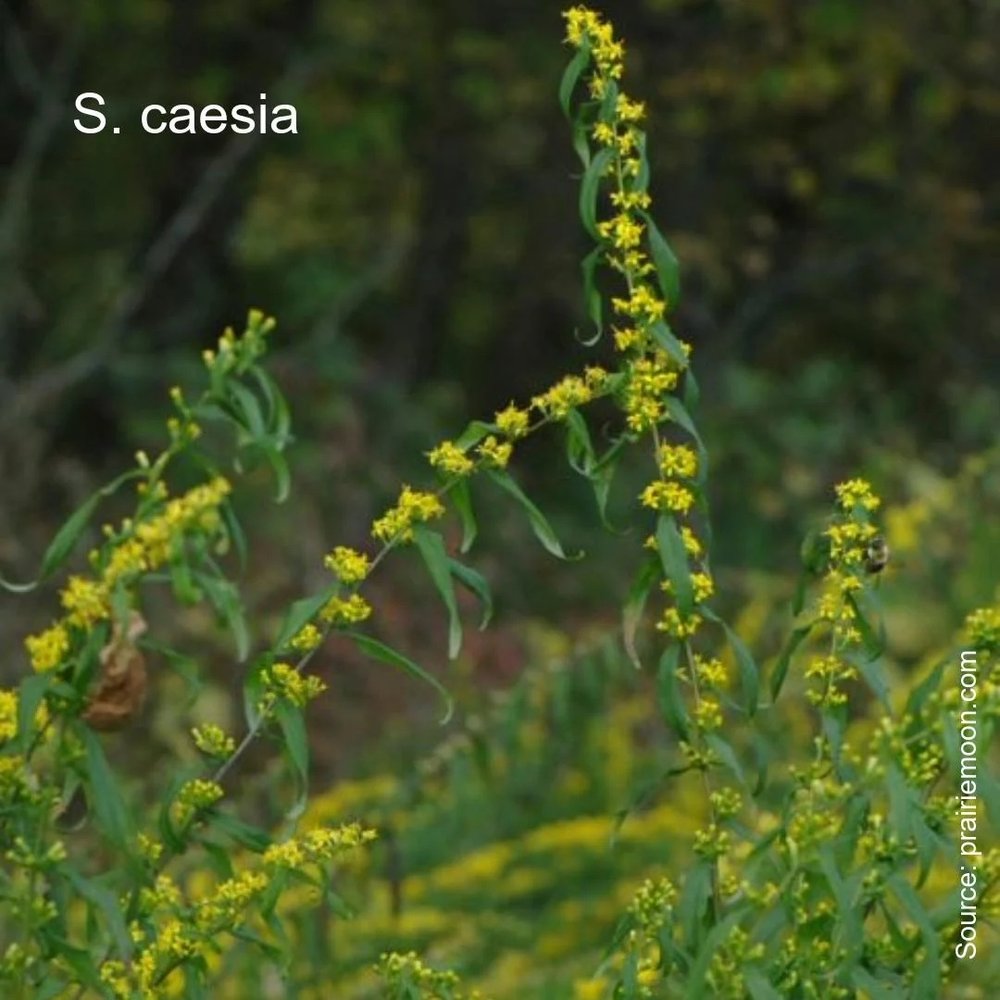

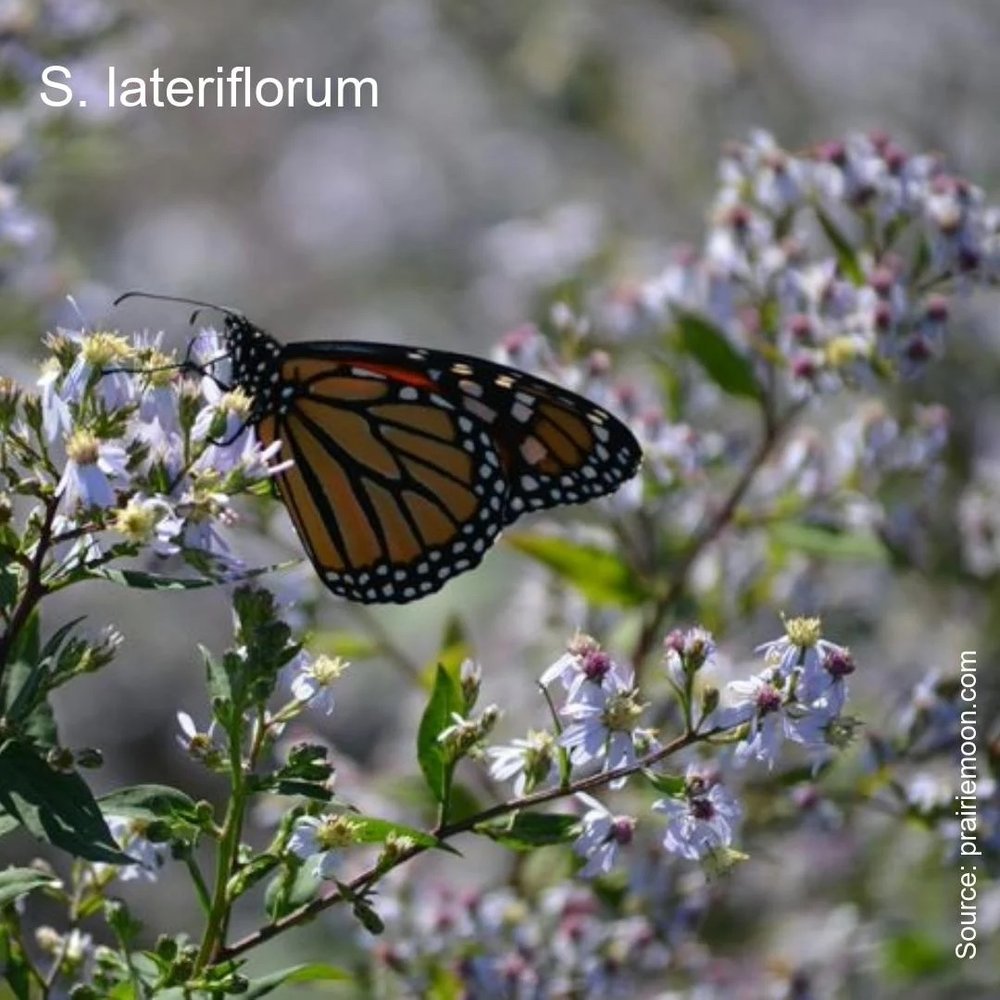
Fabulous ferns
There are 380 species of ferns in North America, according to the U.S. Forest Service. They are classic shade plants. Did you know many also tolerate sun? If they get enough moisture. Here are several great species for the garden, offering a variety of shapes and heights.
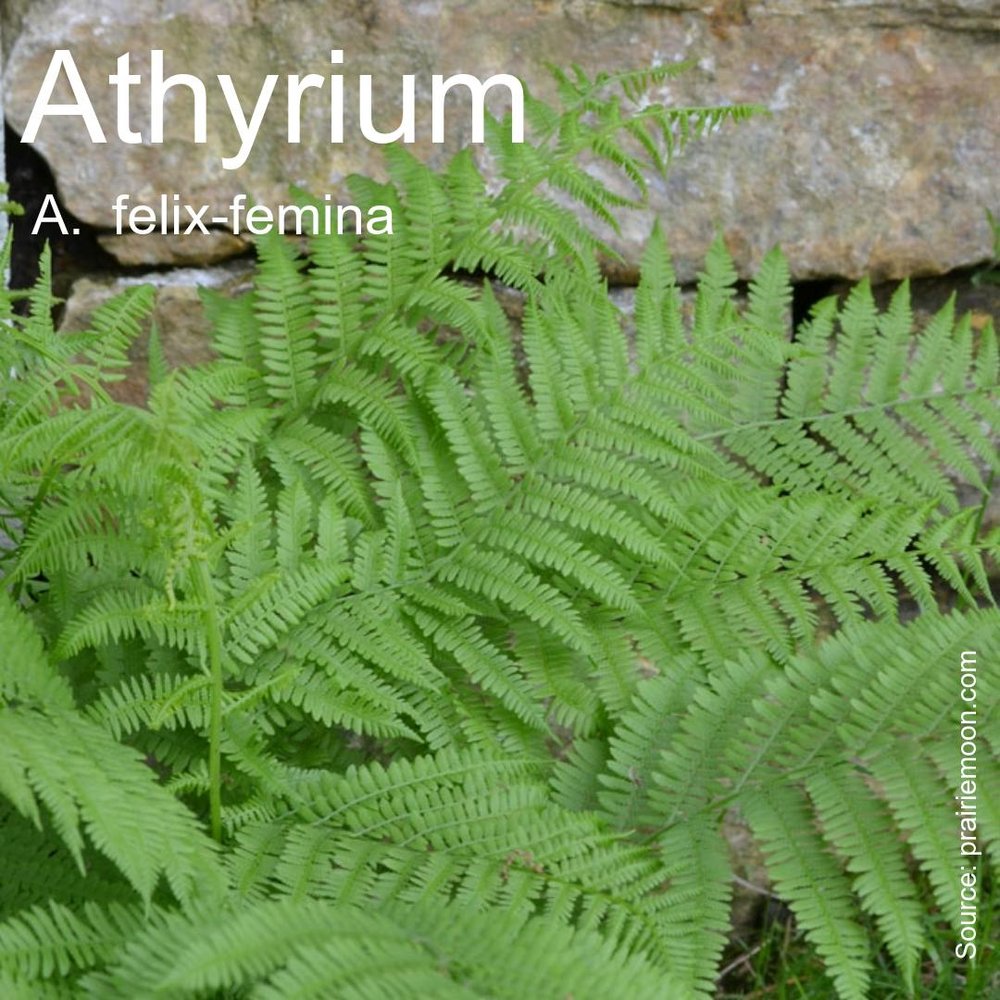


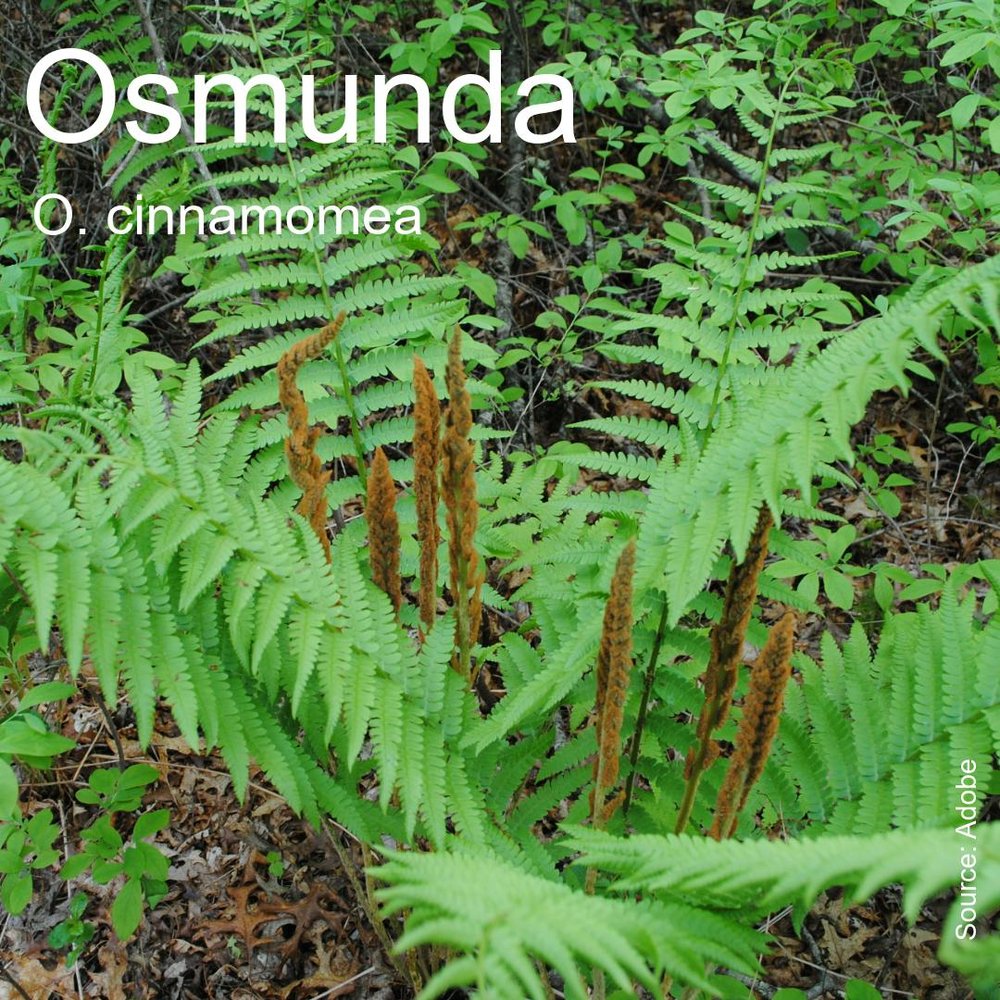
Why, How, Wow!
Why?
We are facing a biodiversity crisis, with drops of 40% or more in total insect populations worldwide in a recent 10-year period and — similar drops in bird populations. Entomologist Doug Tallamy emphasizes how important insects, especially Lepidoptera (moths and butterflies), are to the food web.
Most of North America’s terrestrial bird species, some 96 percent in fact, rear their young on insects rather than seeds and berries (Peterson 1980), and we are learning that in most of those species, the majority of those insects are caterpillars or adult moths. Caterpillars are so important to breeding birds that many species may not be able to breed at all in habitats that do not contain enough caterpillars (Narango et al. 2018). — Nature’s Best Hope
For example, biologist Richard Brewer found that over the course of a typical 16-day nesting period, Carolina chickadee parents delivered 6,000 to 9,000 caterpillars to bring one nest of tiny birds to fledging. And they continued to feed caterpillars to their young for another 21 days.
Tallamy and his research assistant Kimberly Shropshire analyzed data on which plants have the ability to host caterpillars in every county in the U.S. What surprised them, writes Tallamy, was that
[W]herever we looked, about 5 percent of the local plant genera hosted 70 to 75 percent of the local Lepidoptera species! — Nature’s Best Hope
And most of these mega-hosts — "keystone" species — are trees and shrubs. So, if you want to encourage biodiversity, start by choosing keystone shrubs and trees that host dozens if not hundreds of species of moth and caterpillar. (If you haven't already filled your yard with as many keystone shrubs and trees as you can fit, check out the last newsletter, 75 Fabulous Native Trees and Shrubs, which has a spreadsheet of species that you can filter by location and conditions.)
Then select groundcovers to create pupation stations under them.
[Nearly all caterpillars] fall to the ground where they either burrow into the soil to pupate underground or spin a cocoon in the leaf litter under the tree. — Nature’s Best Hope
As far as forbs (non-woody plants) for your pupation stations, just choose great native plants — and lots and lots of them. They all support native wildlife. Plants that support fewer species of caterpillar could be the only plant some specialist insect relies on — the way monarchs rely on milkweeds. So, to paraphrase Marie Kondo, plant the native perennials that give you joy.
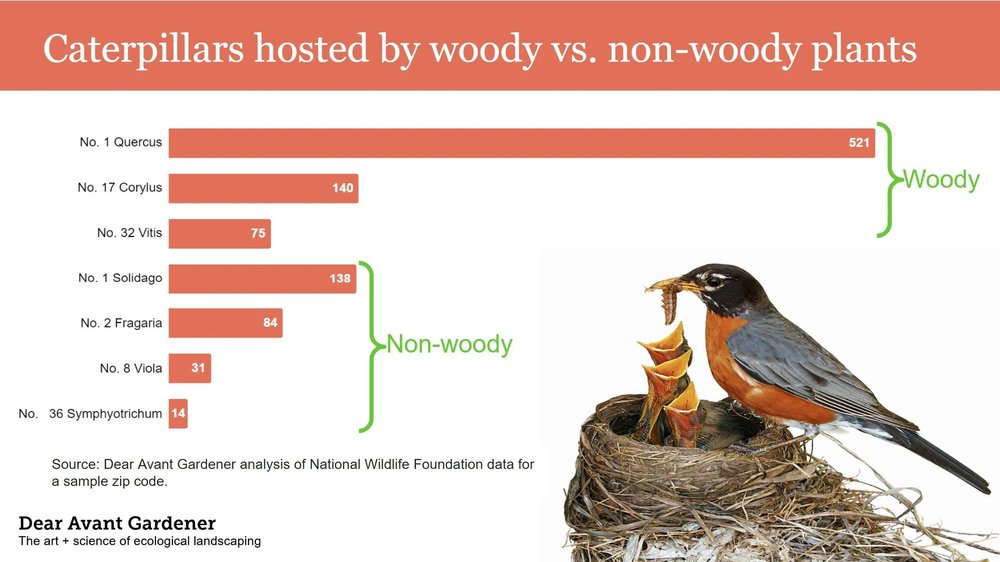
How
Plugs — small, deep rooted plants — are professionals' secret to dense, multi-layered plantings that naturally suppress invasives while supporting wildlife. Their deep roots allow them to adapt and establish quickly, and they experience less transplant shock than larger plants. And they are much more affordable (~$3-5 per plant), which is important when you're planting one plant per square foot as the pros do — and we recommend.
In our course, Transform Your Yard, students are currently ordering plugs for the areas they're planting this spring within their three-year yarden plan. They won't design their plantings until after they order, because so much of the design is dependent on availability, both of species and of numbers of plants. You can do the same.
To find species that meet your needs, try the large online database of plants native to the eastern two-thirds of the U.S. at Prairie Moon Nursery. You can filter by state, sunlight, moisture, and height, then check the range map to verify if a species is native to your county.
When you have a list of species, including backups, try to find a source as close as possible to where you live. First, ask your local native plant nursery for a list of the plugs they sell and/or email them your wish list. If your local native plant nursery doesn't have plugs, then try one of these online sources:
Izel Native Plants (another good database; allows you to order direct from various wholesale nurseries in the eastern half of the U.S.)
Mid-Atlantic Natives, Virginia
Pollen Nation, New Jersey
Prairie Moon Nursery, Minnesota
Prairie Nursery, Wisconsin
Remember, you can always augment your planting areas with more plants or different species later on. You can also move plants around. So don’t sweat it. You’ve got this.
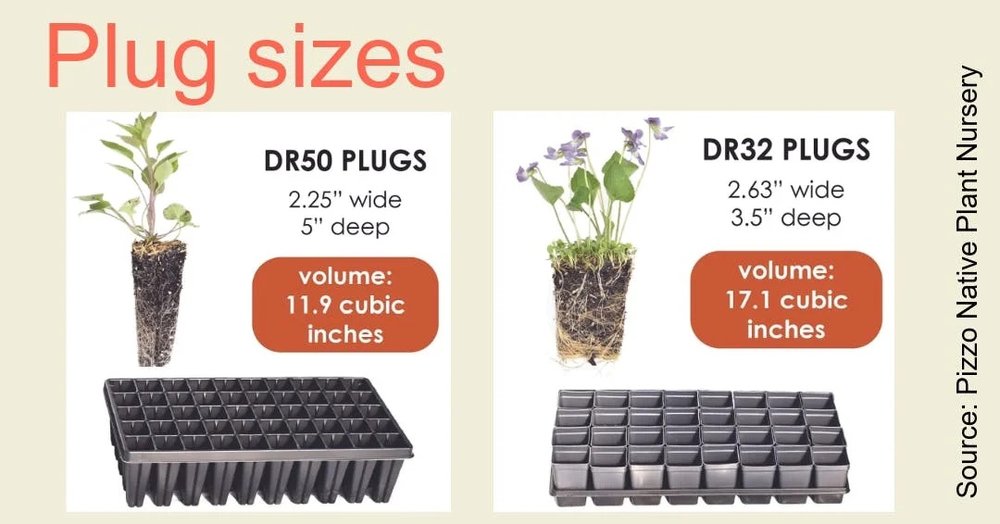
Wow!
Rockstar garden designer Piet Oudolf is a fan of another North American native shade-lover: tall, feathery Aruncus diocus (goatsbeard). If you have room in your garden, check it out, along with similarly large, feathery Actaea racemosa (black cohosh) and Astilbe biternata (false goat's beard).
In general, shade-lovers take longer to establish, filling out over successive growing seasons, and that's especially true with these larger plants. A. racemosa, for example, can take five years to establish — but it's worth it.
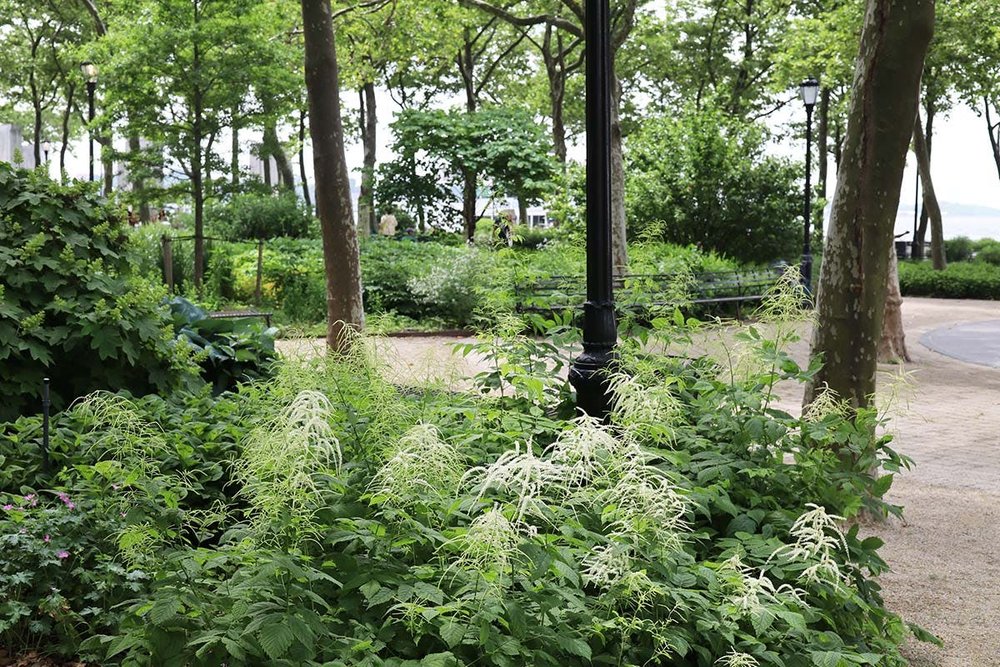
Aruncus diocus (goatsbeard) blooms in midsummer in The Bosque, designed by Piet Oudolf, at the Battery, New York City. (Source: Gardenista.com)
Related Resources
Want to learn more about sedges? See Mt. Cuba's full report, Carex for the Mid-Atlantic Region.
Need more guidance on how many plugs to order? Read 5 Steps to Order Your Plants.
Uncomfortable ordering without a planting plan? See Your Eye Has to Travel.
